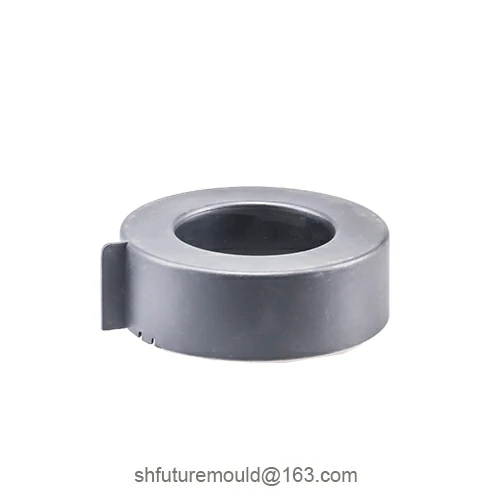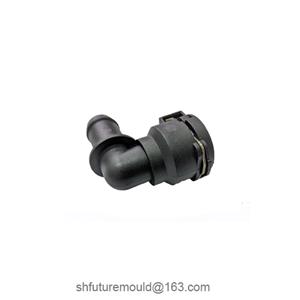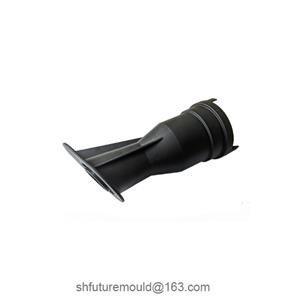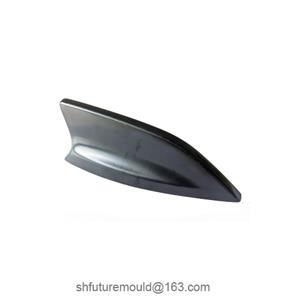Polijstmethoden voor plastic mallen
There are six main polishing methods for plastic molds:
Mechanical Polishing: Mechanical polishing is a method that utilizes cutting and plastic deformation of the material surface to remove protrusions after polishing and obtain a smooth surface. It generally uses oil stones, wool wheels, sandpaper, etc., and is mainly done manually. For special parts such as the surface of rotating bodies, auxiliary tools such as turntables can be used. For parts with high surface quality requirements, ultra-precision grinding polishing can be used.
Chemical Polishing: Chemical polishing is a method that allows the protruding parts to dissolve preferentially over the recessed parts to obtain a smooth surface. The main advantages of this method are that it does not require complex equipment, can polish workpieces with complex shapes, can polish multiple workpieces simultaneously, and is highly efficient.
Electrolytic Polishing: The basic principle of electrolytic polishing is the same as that of chemical polishing, which is to selectively dissolve the microscopic protrusions on the surface of the material to make the surface smooth. The advantages of electrolytic polishing are that it is uniform, can polish pores, grooves, and other fine parts, is not easy to deform, and does not have high requirements for the hardness of the material.
Ultrasonic Polishing: Ultrasonic polishing utilizes the vibration of ultrasound to make the abrasive generate high-speed impact and friction on the surface of the workpiece to achieve the purpose of polishing. The advantages of ultrasonic polishing are that it is not restricted by the shape of the workpiece, can polish workpieces with complex shapes, blind holes, and deep grooves, and has good polishing quality.
Fluid Polishing: Fluid polishing utilizes high-pressure liquid (or gas) to spray the abrasive medium onto the surface of the workpiece for impact, friction, and shearing, so as to achieve the purpose of polishing. The advantages of fluid polishing are high processing efficiency, high surface finish, and the fact that it can be used for polishing large-area workpieces.
Magneto-abrasive Polishing: Magneto-abrasive polishing utilizes the action of a magnetic field to make magnetic abrasive particles move on the surface of the workpiece to achieve the purpose of polishing. The advantages of magneto-abrasive polishing are that there is no abrasive embedding, the surface finish is high, and it can be used for polishing precision parts.
- Spuitgietmatrijs
- Automotive spuitgietmatrijs
- Elektronica en elektrische spuitgietmatrijs
- Spuitgietmatrijs voor consumptiegoederen
- Vliegtuigcomponenten spuitgietmatrijs
- Medische componenten spuitgietmatrijs
- Irrigatiecomponenten spuitgietmatrijs
- Spuitgietmatrijzen




